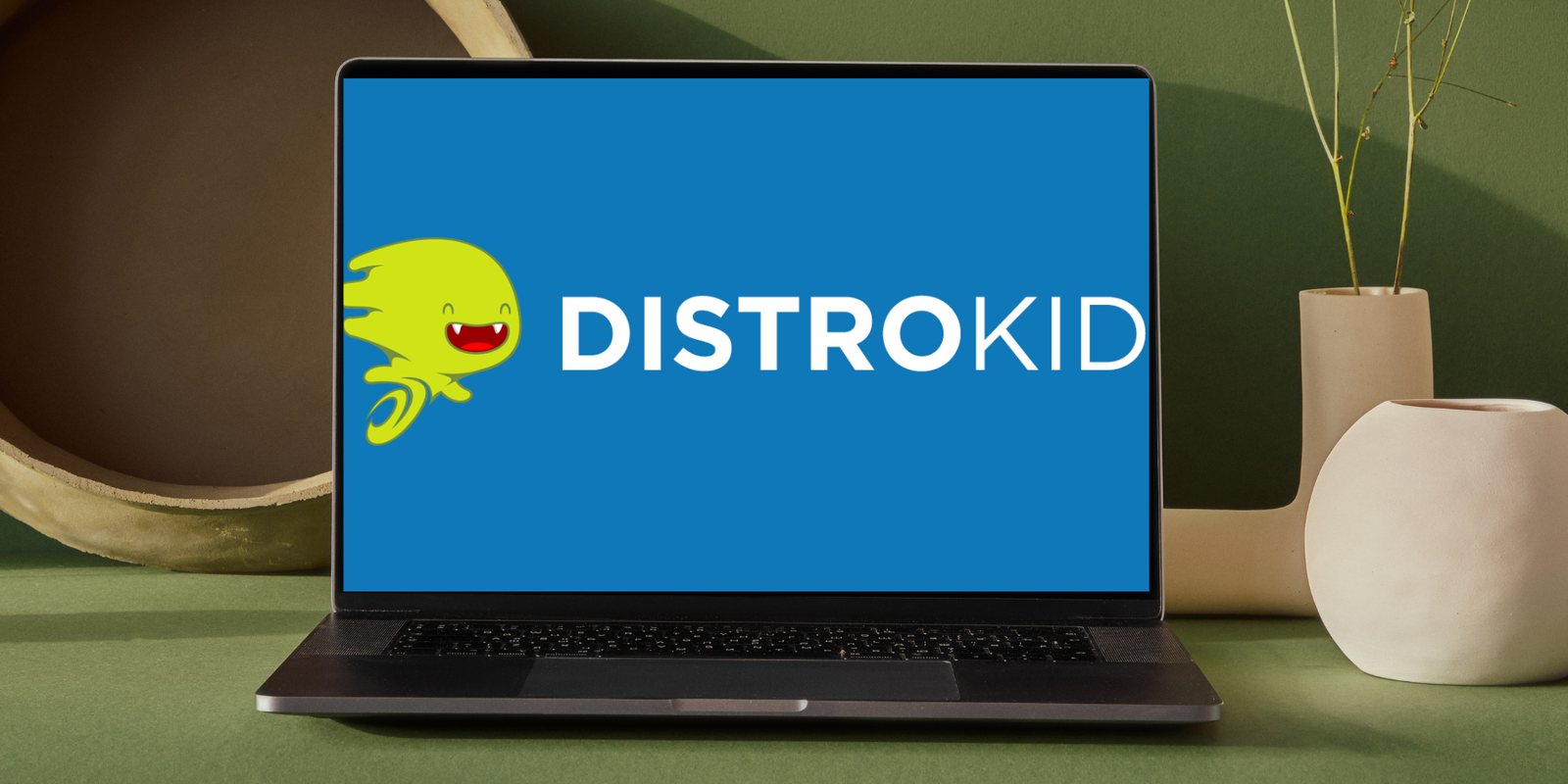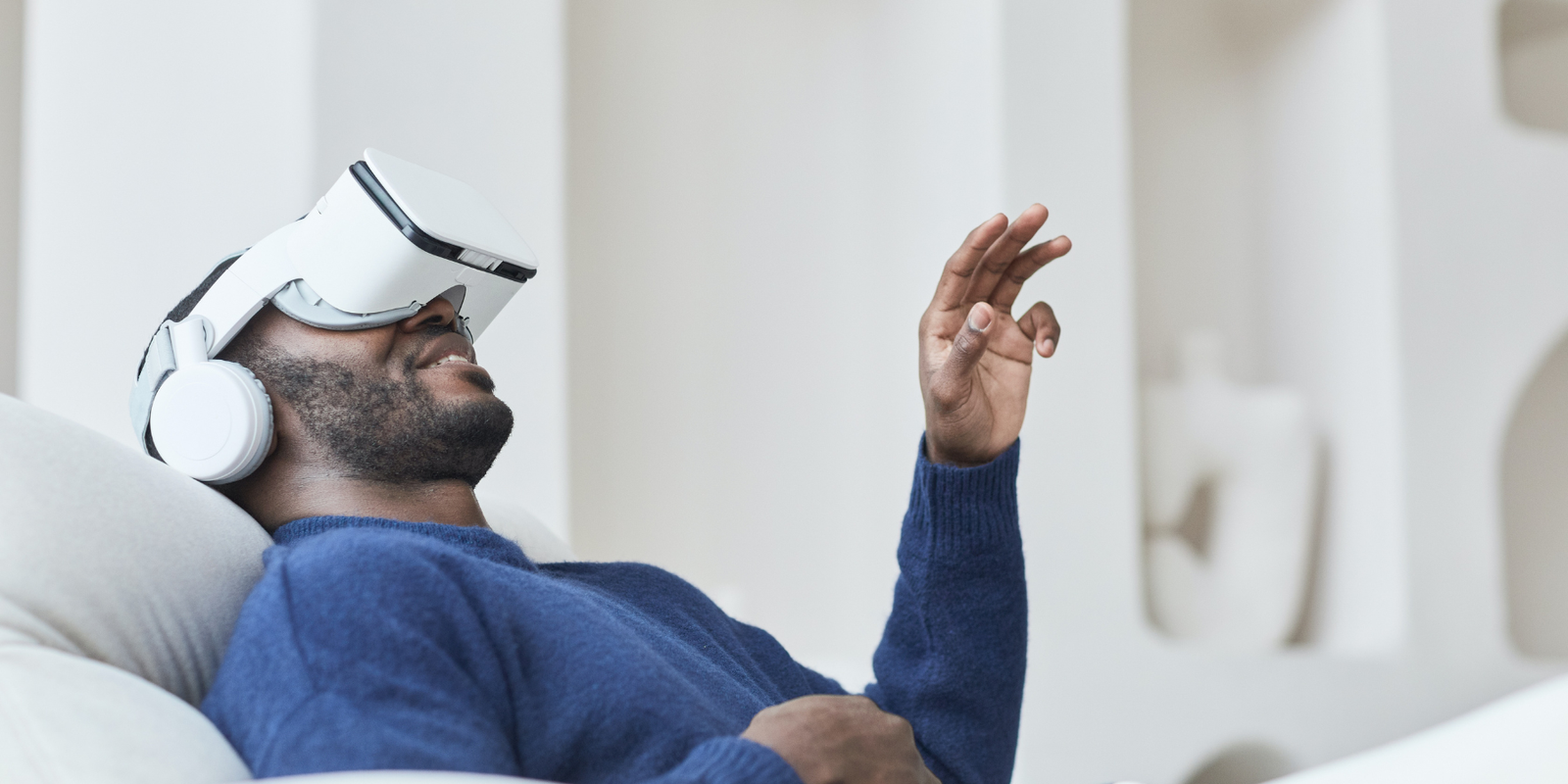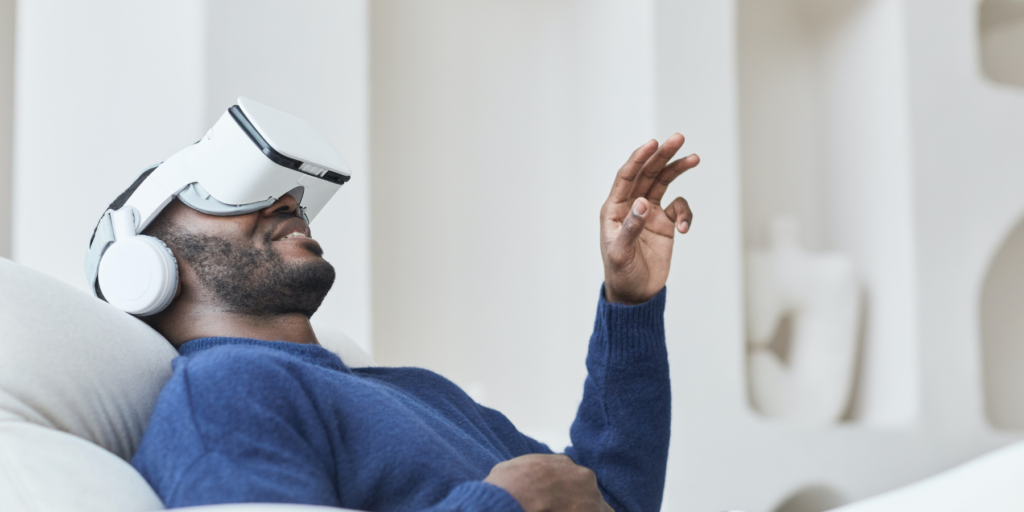
Virtual Reality has undoubtedly come a long way over the last few years and there are essentially two things responsible for this. The first one is an advancement in screen technology and the second one is an effective use of high quality sound effects. We may not have full blown emersion yet, but the technology has still managed to evolve from a futuristic concept to a transformative technology with the potential to revolutionize multiple industries, from gaming and entertainment to healthcare and even education. While all of the glory is usually given to VR’s visual aspects, the role of sound effects in creating immersive VR experiences is equally as important.
In this article, we’ll explore why sound effects are vital to creating virtual reality and demonstrate how they can turn a fun gaming experience into something immersive and unforgettable if used in the right way.
The Essence of Virtual Reality
At its essence, VR is about creating an environment that allows users to interact with and navigate a digital world as they would outside the game. The goal is to make the experience as convincing and immersive as possible, blurring the lines between the physical and digital realms.
Something to remember is that the human brain has to process auditory information differently than visual information. When it comes to visuals, we can turn our heads to explore a virtual world, but audio surrounds us in a 360-degree sphere and creates complex spatial awareness. This makes sound effects in VR a powerful tool for enhancing the sense of presence, depth, and realism when it comes to games and movies. Now we will discuss the different ways that sound effects play a role in VR.
Spatial Awareness and Sound Effect Localization
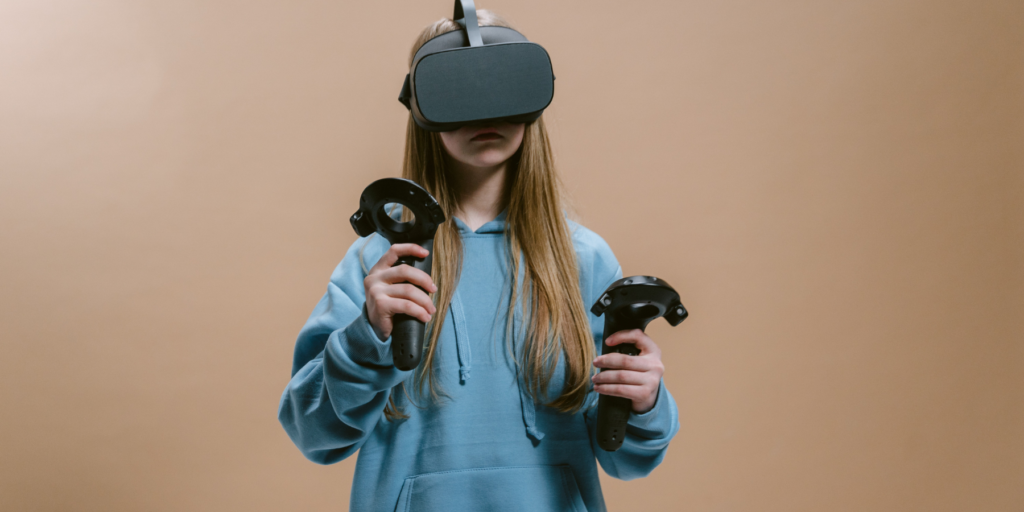
When you are in the middle of a game, sound effects enable players to pinpoint the location of objects, obstacles, and events within the environment. By accurately simulating sound direction and distance, VR soundscapes help users build a mental map of their surroundings. For instance, the sound of footsteps approaching from behind can trigger an instinctual response to turn around, enhancing the feeling of presence in the virtual world.
Additionally, the incorporation of sound effects plays a crucial role in enhancing depth perception, a fundamental aspect of navigation and interaction within virtual reality. Through the manipulation of variables such as volume, pitch, and reverberation, sound designers are able to generate audio cues that simulate real-life acoustic occurrences. For instance, the sound of a distant waterfall will differ from that of a nearby one, thereby imparting auditory depth cues.
Interactive And Immersive Environments
In VR, users can explore various virtual environments, from natural forest ambience to busy cityscapes. Sound effects transport users into these worlds by recreating ambient sounds like chirping birds, flowing water, or background traffic. These auditory cues enhance the sense of immersion, making users feel like they are truly present in the virtual space.
Sound effects play a vital role in user interaction and engagement. They provide auditory feedback for actions such as picking up objects, opening doors, or firing weapons. When these sound effects are well-designed and synchronized with user actions, they enhance the feeling of agency and responsiveness, making the VR experience more engaging.
Narrative and Emotional Impact
Sound effects can convey emotions, set the tone, and enrich the narrative in VR experiences. Whether it’s the suspenseful creaking of a haunted house or the soothing sounds of a tranquil beach, these audio elements evoke emotions and immerse users in the storyline.
The Science of Virtual Reality Sound Effects Design
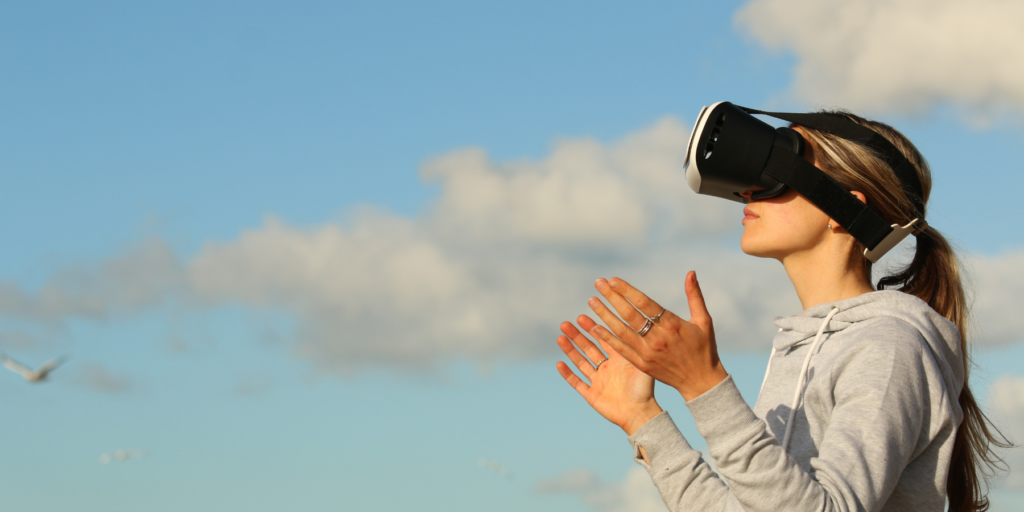
The science of VR sound design is all about creating realistic and immersive audio experiences in virtual environments. It involves using 3D audio technology to make sounds seem like they are coming from specific directions and distances, just like in the real world. By precisely modeling sound propagation and human auditory perception, VR sound designers can enhance the sense of presence and immersion for users, making the VR experience more convincing and enjoyable.
Binaural Audio and Hand-Related Transfer Function
Binaural audio simulates the way humans perceive sound through two ears. By using specialized microphones placed inside the ears of a dummy head, sound designers capture audio with accurate spatial information. When users listen through headphones, the sound is perceived as if coming from specific directions, enhancing spatial awareness.
HRTF is a mathematical model that accounts for how sound interacts with the head, ears, and body to create directional cues. VR systems use HRTF algorithms to process audio in real-time, adjusting sound properties based on the user’s head movements and position in the virtual environment.
Using Ambisonic Audio To Create Dynamic Soundscapes
Ambisonic audio captures sound in a spherical manner, allowing for full 360-degree immersion. Ambisonic microphones record sound from all directions, including above and below, enabling realistic 3D audio experiences in VR.
VR soundscapes are dynamic and responsive to user actions. For instance, when a user approaches a virtual campfire, the crackling of the fire becomes more prominent. When they move away, the sound recedes, creating a sense of realism and interactivity.
Applications of Sound Effects in VR
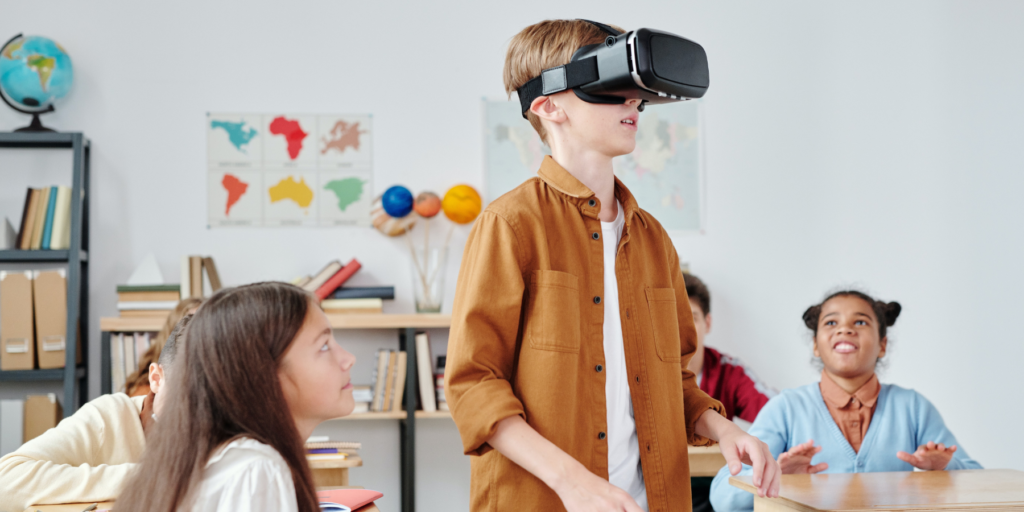
The importance of sound effects in virtual reality stands true regardless of the purpose and goal of the respective simulation. I will list some of the most popular and significant applications and industries.
Gaming and Entertainment:
In the gaming industry, sound effects are fundamental to creating immersive and engaging gameplay. Whether it’s a horror game designed to send shivers down your spine or an open-world adventure with rich environmental audio, sound effects enhance the gaming experience.
Training and Simulation:
VR is increasingly used for training simulations in fields such as aviation, medicine, and military training. Realistic sound effects are crucial for training scenarios, where accurate audio cues can mean the difference between success and failure.
For example, pilots can use VR to practice flying, and doctors can practice surgeries without real patients. It’s like playing a video game, but it helps professionals get really good at what they do. Also, VR is used to get ready for emergencies or tough situations. Firefighters can practice putting out fires, and soldiers can train for battles, all in a safe virtual world. VR makes learning and preparing for real-life situations more realistic and safe.
Healthcare and Therapy:
In therapeutic VR applications, sound effects can contribute to relaxation, stress reduction, and pain management. Virtual environments with calming sounds can provide therapeutic benefits.
Even though virtual reality has a lot of potential in healthcare and therapy, we need to think about important things like being fair and private, making sure everyone can use it, and doing research to prove that it really works in different situations. As technology gets better, VR will become more important in making patients better and giving them better healthcare.
Sound Effects And Virtual Tourism:
Virtual reality is changing how we explore and enjoy travel. With VR, you can wear special glasses and go on virtual trips to amazing places, like famous landmarks and beautiful landscapes, without leaving your home. It feels like you’re actually there because you can look around in all directions. This way, you can have fun traveling and even plan your real trips better by checking out places beforehand. Virtual tourism makes it easy to experience the world without packing your bags!
Considering Current Hardware Limitations
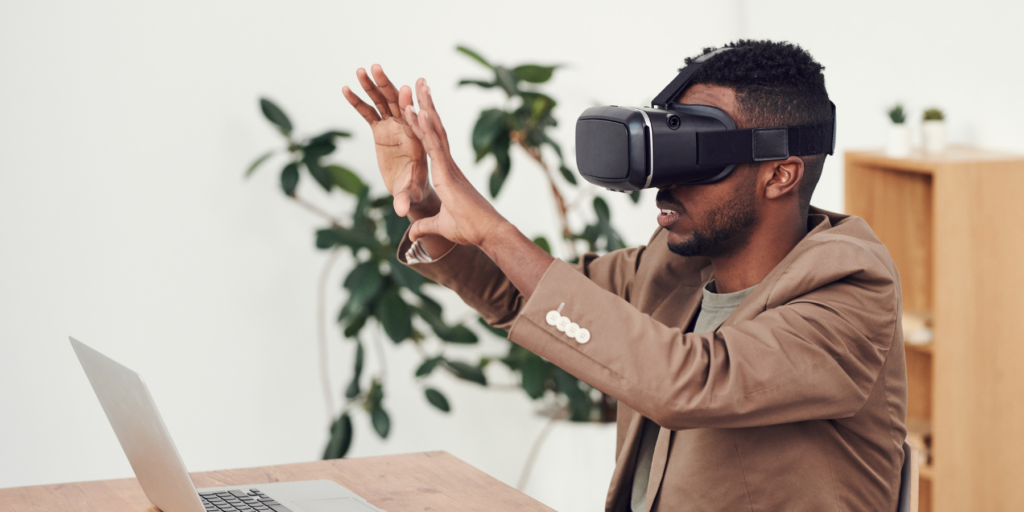
While sound effects are a powerful tool in VR, several challenges and considerations exist. The quality of the VR audio experience depends on the quality of the hardware used, including headphones and the VR headset itself. Low-quality audio equipment can diminish the impact of well-designed sound effects.
Real-time audio processing in VR requires substantial computational power. VR systems must handle audio processing along with graphics rendering and tracking, making audio optimization crucial for a seamless experience.
The Future of Sound Effects in VR
As technology advances, the role of sound effects in virtual reality will continue to evolve. Some exciting developments on the horizon include advances in computational power will enable real-time acoustic simulations that model the virtual environment’s acoustic properties accurately. This means that sound will interact with virtual objects and surfaces just as it does in the real world.
Enhanced Interactivity And Accessibility
The integration of haptic feedback and responsive sound effects will create more interactive and immersive VR experiences. Users will not only hear but also feel the impact of their actions within the virtual world.
VR developers are also currently focusing on making virtual reality more accessible to individuals with disabilities by incorporating innovative audio solutions that cater to diverse needs.
Final Thoughts On Virtual Reality Sound Effects
In the world of virtual reality, sound effects are the only way that a digital experience can even hope to come close to full blown immersion. They enhance spatial awareness, depth perception, and emotional engagement, contributing to the overall sense of presence and immersion.
As VR technology continues to advance, sound effects will play an increasingly important role in creating unforgettable and transformative experiences. Whether you’re exploring alien planets, mastering new skills, or immersing yourself in captivating narratives, sound effects are the invisible thread that connects you to the virtual realm, making it feel remarkably real and profoundly impactful.
Follow our blog and join our email list for more free resources, information, and tools to help you succeed in the creative world and in life.
Author
Jordan Soulman is a singer-songwriter and audio-engineer that has been in the music industry for over 7 years. He has released over 30 songs, gaining millions of streams across Spotify, YouTube, and other outlets. He has been passionate about virtual reality from the age of 12.

Crackling Fire Sound Effect
A cozy high quality recording of a crackling fire in stereo. Download this royalty free sound effect and use it however you like. Full length is 55 seconds.
Preview this file:
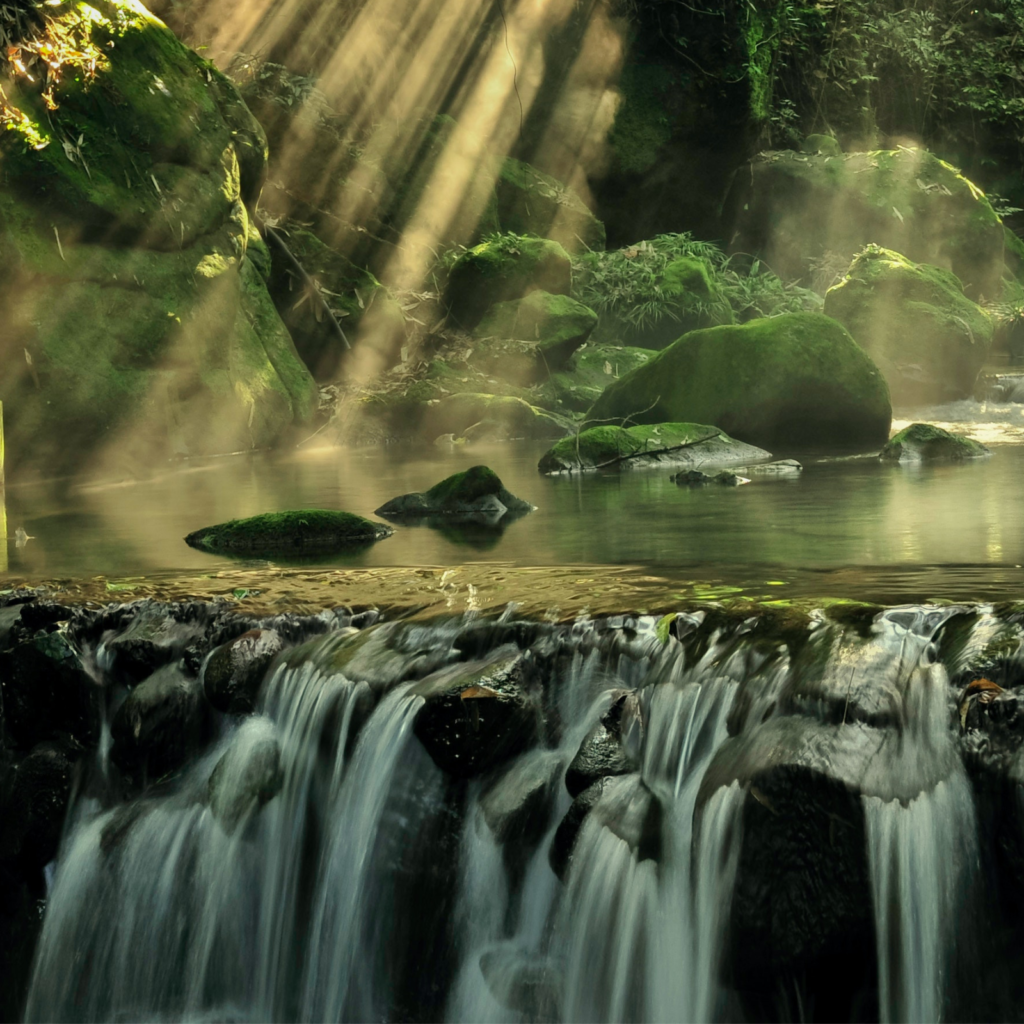
Babbling Brook Sound Effect
High quality recording of a fast moving stream, great for many background settings! 30 seconds long.
Preview this sound:

Walking Next to a Stream Sound Effect
High quality audio of someone walking next to a flowing stream. 16 seconds long.
Preview this sound:

Cricket Sound Effect
High quality recording of a cricket chirping at night. 51 seconds long.
Preview this sound:
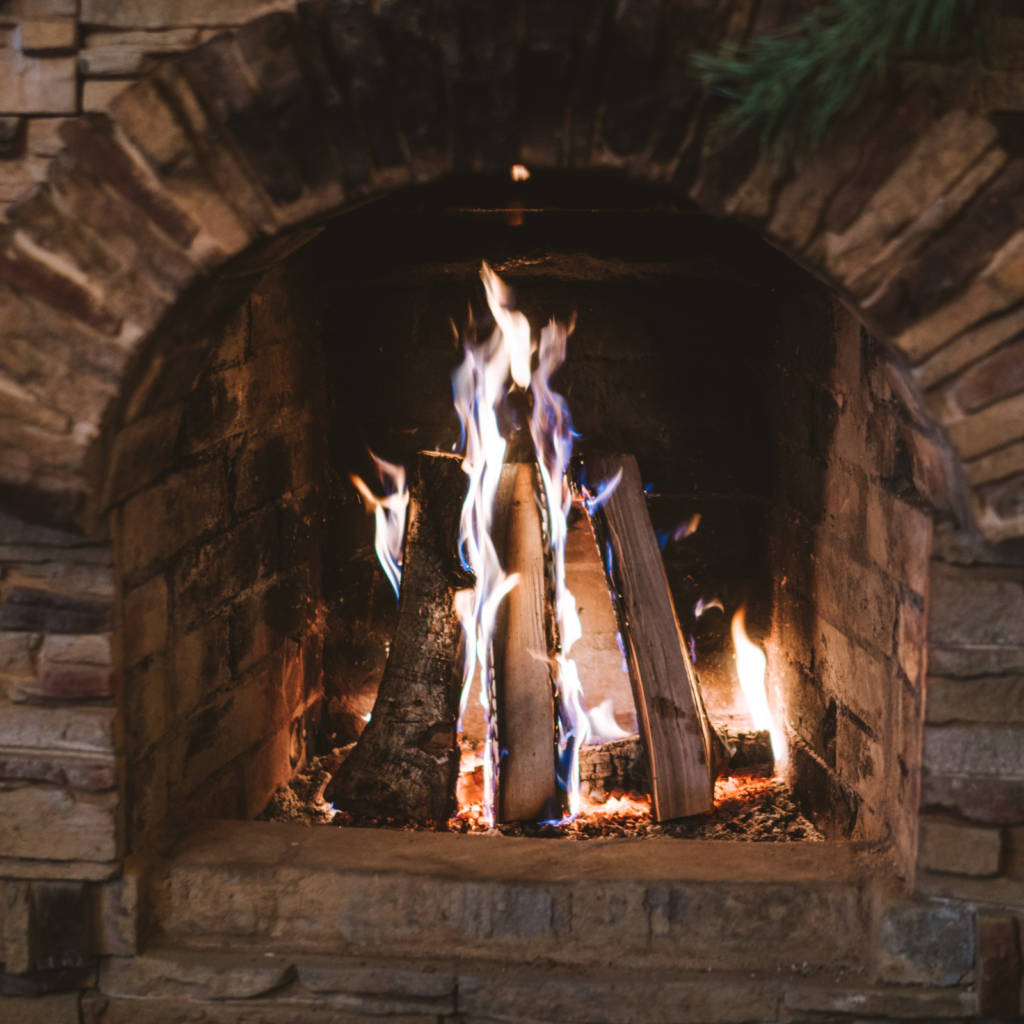
Relaxing Fireplace Sound Effect
Download and enjoy this relaxing fireplace royalty free sound effect. Full sound effect length is 56 seconds.
Preview this file:

Happier Than Ever (Upbeat Background Music)
Great for Youtube videos, vlogs, short films, and more.
Royalty free and no credit required.
Full song length is 1:57.
Preview the track here:
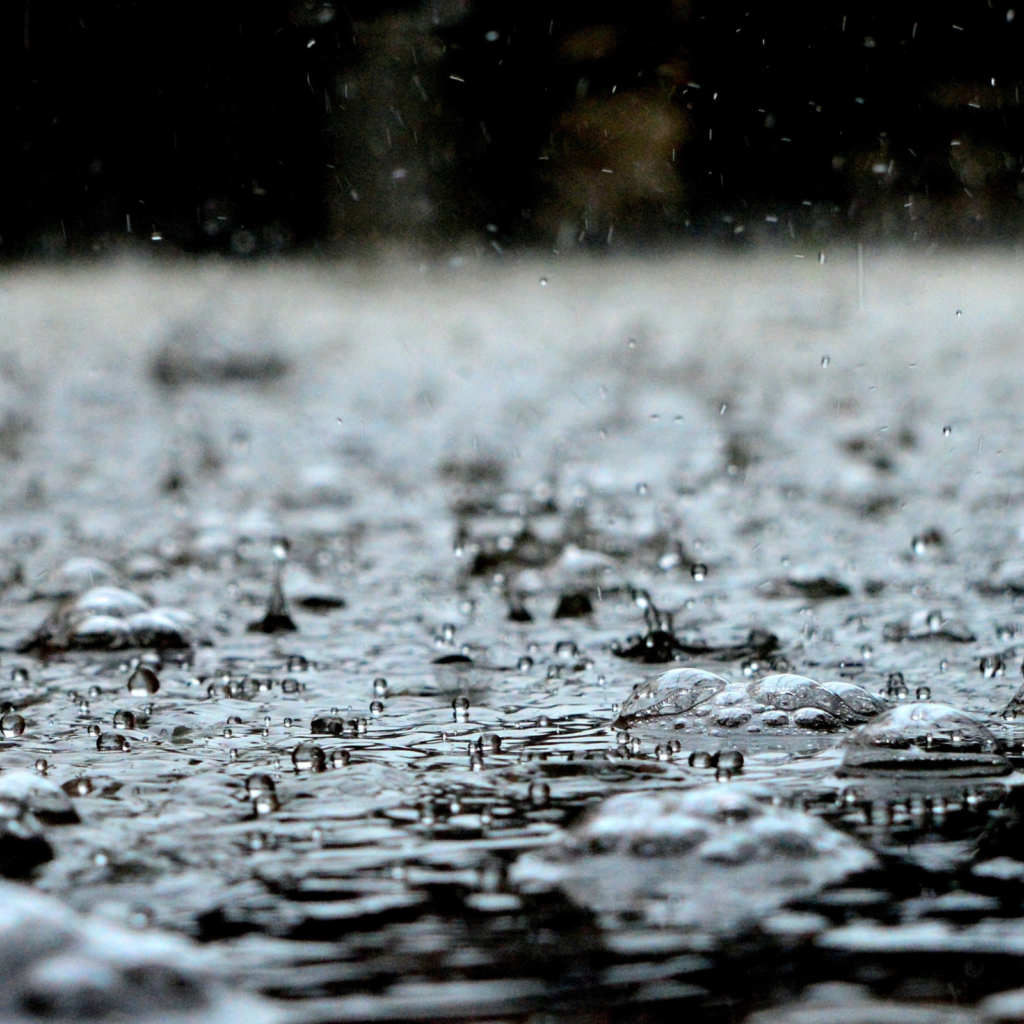
Soothing Rain Sound Effect
A high quality royalty free recording of soothing rain that you can use to sleep or as part of a bigger project. The full sound effect length is 1 minute.
Preview this file:



